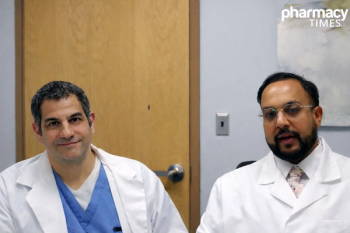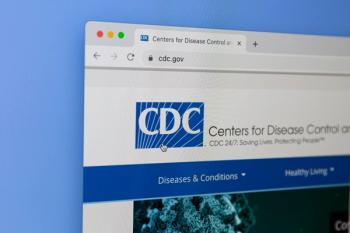
Pharmacists Cut Costs and Improve Outcomes for Home Infusion Patients
A Walgreens Infusion Services study found that 96% of pharmacist interventions were accepted by physicians, 92% of these improved outcomes, and interventions resulted in an average of $1623 in cost avoidance per patient.
A Walgreens Infusion Services study found that 96% of pharmacist interventions were accepted by physicians, 92% of these improved outcomes, and interventions resulted in an average of $1623 in cost avoidance per patient.
Pharmacist interventions in patients receiving antibiotic home infusions can improve patient outcomes while reducing health care costs, according to the results of a study conducted by Walgreens Infusion Services.
The retrospective outcomes study, presented on October 4, 2013, at ID Week in San Francisco, analyzed the clinical and economic impact of close monitoring and interventions completed by pharmacists in patients treated with home-administered intravenous vancomycin and aminoglycosides. A total of 257 home infusion patients treated through a national home infusion program from August 2012 to January 2013 were randomly selected for the analysis. During the 6-month period, home care pharmacists closely monitored patients and, when appropriate, completed interventions including preventing drug—drug interactions; preventing or managing drug allergies and adverse drug events; changing therapy dose, frequency, route, or duration; and discontinuing duplicate therapies. All interventions were recorded by the pharmacists, who indicated the reason for the intervention, whether the intervention was accepted by the patient’s physician, and the outcome of the intervention.
The researchers reviewed the data for patient outcomes and cost savings. To calculate additional health care costs that were avoided as a result of the pharmacist interventions, data from a 2002 study estimating cost avoidance from interventions conducted in inpatient, outpatient, and nursing home facilities were used. These values were adjusted to account for inflation and current health care costs and were then applied to the current analysis.
A total of 101 interventions were reported during the study period, of which 96% were accepted by physicians. Among these accepted interventions, 92% improved clinical outcomes. Interventions that did not improve patient outcomes resulted in no change without any negative effects. The total possible cost avoidance for the successful interventions was estimated to be $150,933, or an average of $1623 per patient.
The researchers then applied these results to the total infusion program patient population. Of the 9223 vancomycin and aminoglycoside patients treated through the home infusion program during the study period, they estimated that 3339 would need interventions every 6 months, resulting in 6677 patient interventions annually. The total cost avoidance for these interventions was estimated at approximately $10.8 million. The researchers then used the results to calculate the potential cost avoidance for all antibiotic infusion patients in the program. For the total population of 42,468 infusion patients, they estimated that at least $255 could be saved per patient.
Newsletter
Stay informed on drug updates, treatment guidelines, and pharmacy practice trends—subscribe to Pharmacy Times for weekly clinical insights.













































































































































































































